Interior Designer, Clemence Pirajean joins us for the latest instalment of Curated By…
Clemence Pirajean, Co-Founder of London-based interior design, product design, and creative direction studio, PIRAJEAN LEES, joins us to discuss her holistic approach to creating beautiful spaces.
With projects spanning private residential to retail and hospitality, the breadth and scope of her work is vast, but the starting point is often the same. “We start by creating a narrative that anchors the project and allows us to use the design to tell a story and give each project its own unique identity.”
How did you get into design?
Design has always been a part of my DNA. I was brought up in a very creative environment, my father is a sculptor and my mother is now a creative director. As a young child I would sculpt with my dad and I was always in touch with the arts. Growing up, I knew that I wanted to do something creative but didn’t know what that was until I saw architectural drawings of a residential project on my parents’ coffee table. I enjoyed listening to meetings and discovering more about how the design process worked. It was after this that I decided to study interior architecture. I started my design education with a course at Ecole du Louvre in Paris before moving to London, joining Central St Martins. I then went on to Kingston University which is where I met James, my partner and co-founder of Pirajean Lees.
What is your design philosophy?
We often say that we start a project by “not designing”. We start by creating a narrative that anchors the project and allows us to use the design to tell a story and give each project its own unique identity.
We have a passion for detail, which inspires us to design every element of our projects, from the overall narrative to bespoke furnishings and accessories. We love to use natural materials and rich textures and celebrate craftsmanship wherever possible.
How would you describe your aesthetic?
We don’t have a set style that would apply to every project. Our goal is to create spaces that are timeless, authentic, and tailored. As a studio, our projects are not based on trends. We take a holistic approach to design, ensuring our designs are bespoke to our clients’ needs and ultimately enhance their lifestyle.
It is essential for us to consider how our clients will use the space to ensure we tailor every aspect of the design to their current lifestyle and also consider how their lives might evolve in the future so that we can make sure that space remains relevant.
Credit: Mimi Kakushi
Where do you get your inspiration?
It can come from anywhere. As narrative-driven designers, we start each project not by designing, but opening our minds to any material that helps us create the story, whether it’s poetry, photography, music, or food – anything but interiors. Each of our projects is completely unique, starting with the narrative we have created but also taking inspiration from the surrounding landscape and hidden architectural details.
Take Casa Lodo, a residential project we have designed in Ibiza. We started by imaging what this home might have been and what it could be now. We created a narrative around the property’s history as a fisherman’s home – a simple, modest dwelling which had ended as a partial ruin. It was a story that longed to be rewritten – to recreate what might have been, to transform the neglected into the nurtured and breathe new life into this building’s history. We delved deep into the island’s rich history, the beauty of the local town and rugged landscape – this informed every element of the design and became the heart and soul of the property.
Tell us about some of your favourite projects to date…
Ziad is a private home in Marrakech. The brief was to create a relaxed family home in the Moroccan countryside – surrounded by farms, mud houses, and ruins, plus stunning views of the Atlas Mountains. This surrounding geography became a huge source of inspiration for the project. It’s a contemporary home made with traditional building techniques. Our focus was on local crafts and artists, we only used traditional natural Moroccan materials, such as ‘pisé’ (mud and straw) walls, tadelakt (polished plaster), dos, hand-cut local stone, bricks, timber. The home is furnished with a mix of found items, vintage and new pieces – made by local craftsmen and bespoke items, designed by us.
Credit: Pascal Montary
Mimi Kakushi, a Japanese restaurant in Dubai was another great project to work on. In collaboration with AM Studioworks, we created a fun narrative for the design concept – built around 1920s Japan and the persona of Sessue Hayakawa – Hollywood heartthrob and first Asian movie star of the 1920s. Hayakawa perfectly personified this era and was most well known for his lavish parties, gold-plated car, and castle-style mansion. It was fun to try and capture his essence in the space with the use of textures, materials, mood, and atmosphere. It was also a challenging project from a practical perspective. Mimi Kakushi is on the top floor of the building, with dual exposure (East and West), fully glazed elevations. It gets direct, strong sunlight all day long, which can be very uncomfortable when dining. We understood that instead, we could use it as an advantage, as a design element in itself to transform the space throughout the day, as the light changes. We introduced an amber stained-glass window which warms the Eastern light, while a bespoke wooden bead curtain filters the sunset, reflecting multiple shadows on the red lacquer tables.
One of the most exciting projects is something we are working on at the moment. We are soon to launch “Editions” – our very own collection of limited-edition furniture. Editions will reflect our passion for design and craftsmanship. Process for me is as important as the end product, so creating the collection has enabled us to enjoy the freedom of designing without constraints. We will be collaborating with fantastic British craftspeople and artisans, using sustainably sourced materials. Everything will be made in the UK taking advantage of the incredible talent here.
Tell us about your latest project, The House of KOKO…
The House of KOKO is part of the ambitious redevelopment of the iconic Victorian KOKO theatre in Camden, which has returned to London as a state-of-the-art live music venue.
Founder and Creative Director of KOKO, Olly Bengough, set us a simple but equally ambitious brief; his vision was to create something that “redefined music and entertainment”. This gave us the opportunity to produce a completely unique design that had never been seen before, anywhere.
Credit: Lesley Lau
Our design concept for The House of KOKO pays homage to the Victorian theatre’s rich history, and how it would have lived and breathed traditionally. We wanted the design to honour KOKO’s eclectic past, its performers whilst allowing the space to create its own stories for years to come. The interior design narrative is driven by giving the guests unprecedented backstage access, which is reflected in the interiors, inspired by the traditional rooms used to operate a theatre.
We always design hospitality projects from a residential point of view, emphasising comfort and a sense of welcoming. For The House of KOKO, we have achieved this through the bespoke design elements throughout, each room designed with the guest experience in mind. We have created hundreds of bespoke design elements and furniture throughout the venue which were inspired by the world of music, instruments, textures, and materials.
Tell us about some of your favourite artists and makers…
PIRA sculpture – my father, a sculptor who is a huge inspiration to me and a catalyst to my interest in design. He works with clay, paster, bronze, and patina.
Roxane Daumas – she creates captivating drawings of architectural spaces which are almost photo realistic.
Atelier Vime – a French furniture maker who works with wicker.
Leila Alaoui – a portrait photographer whose ability to capture people’s personality through photographs was inspirational.
Arno De Clercq – creates beautiful sculptural accessories.
Some of your favourite places to shop for/source interiors…
With most of our projects, we like to mix vintage and contemporary pieces. The interiors become layered in time giving it personality and character. Our studio is based in Chelsea, near Pimlico Road which is home to a variety of great antiques stores, for example Kempton Market. We also source antiques from dealers such as Dorian Antiques.
For contemporary pieces, we often create bespoke furniture. We are currently working on a residence in London where we have created a number of bespoke furniture pieces including a sideboard, coffee table, mirrors. When we introduce new furniture that we have not designed ourselves, we focus on pieces that have been hand-crafted. We like to source from The New Craftsmen, Carpenters workshop gallery, and The Invisible Collection.
Credit: Pascal-Montary
How does travelling influence your designs and tastes?
Traveling allows me to continue learning, discovering, and feeds my creativity. Each place we visit and person we meet has a unique story. These intriguing experiences that I’ve picked up form the fabric of what Pirajean Lee is about.
What are some tips you have on how our readers can bring a touch of Clemence Pirajean into their homes?
Be sustainable with your furniture choices. Try to mix old and new. Reupholster or revamp existing furniture to give them new life a fresh new look and layer these with new items.
Invest in a few, key pieces that can become long lasting heirlooms that you love and would pass on to future generations.
Try to avoid trends but instead make it personal, crafted and tailored to your own lifestyle – collect as you travel or visit stores when you are abroad. With these collected items, you will have an emotional connection to the pieces, making them last longer, giving them a story.
Mixing contemporary and antique pieces is a great way to add character into an interior. Accumulating items over time will help establish your home so it doesn’t look brand new but feels timeless and lived in.

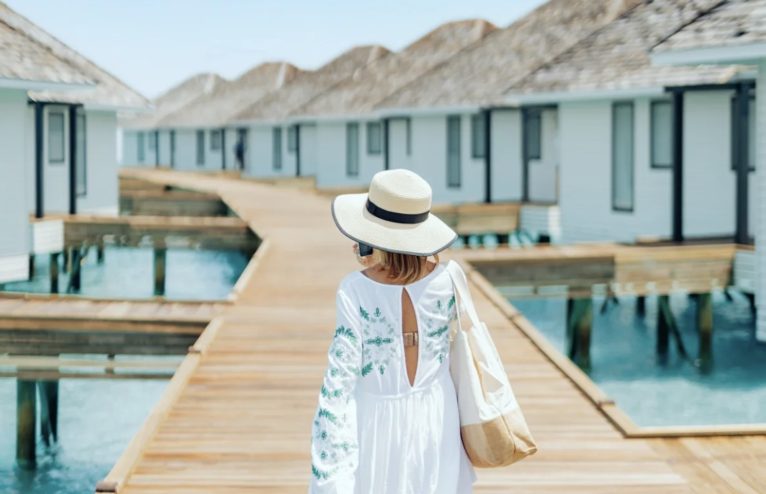
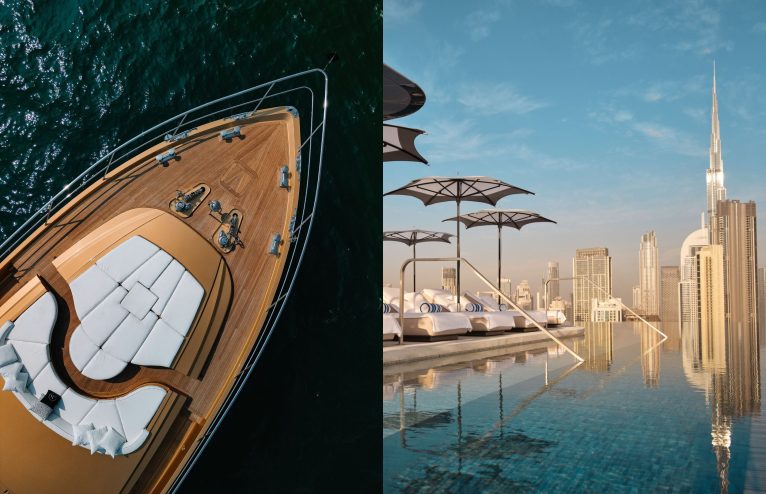

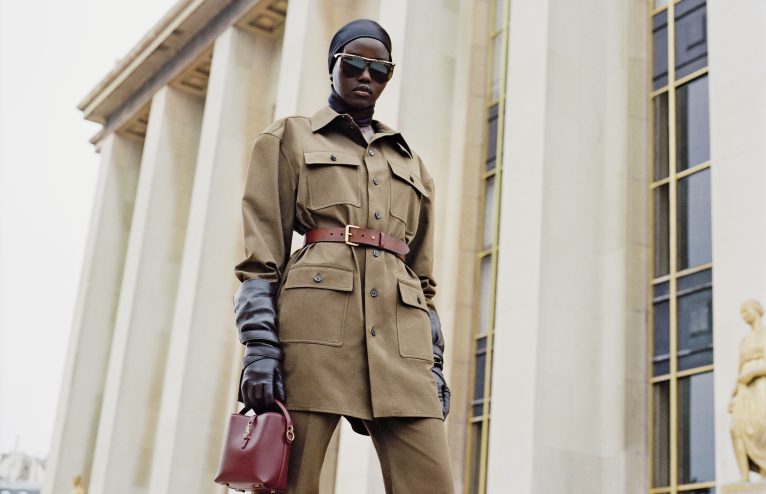


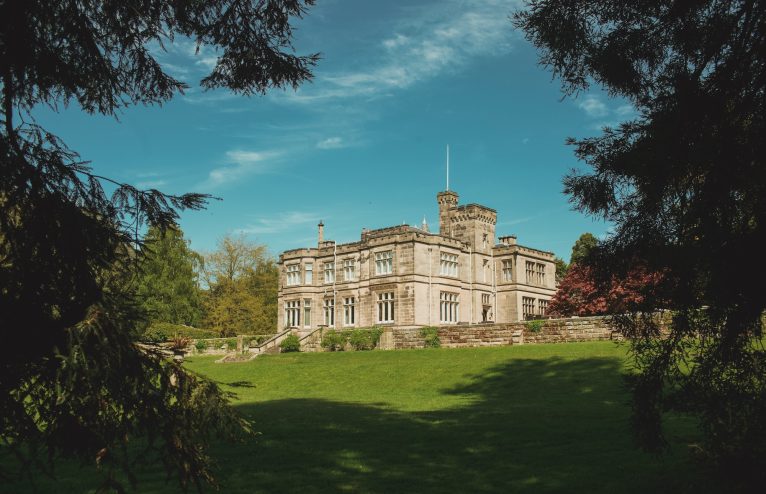
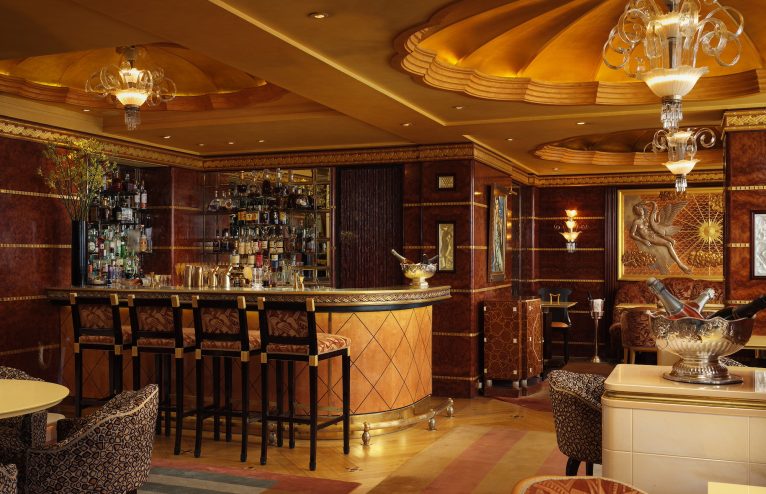

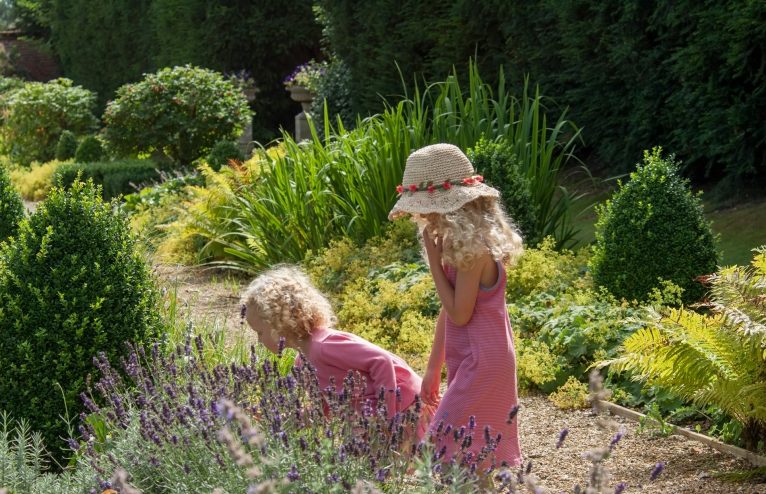





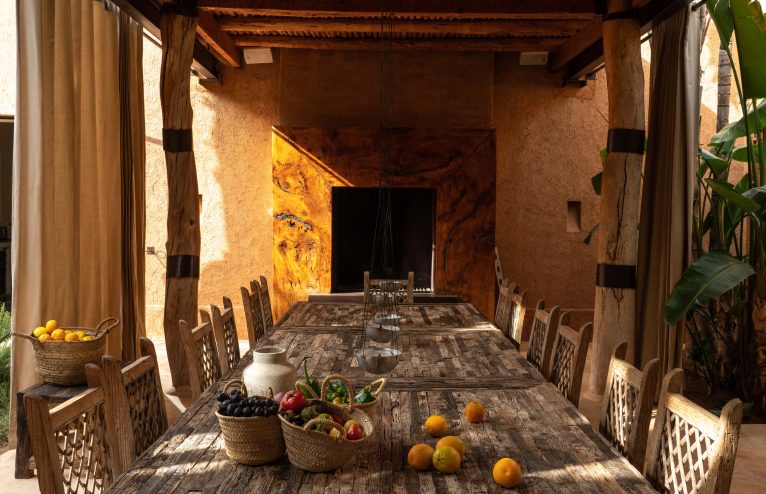
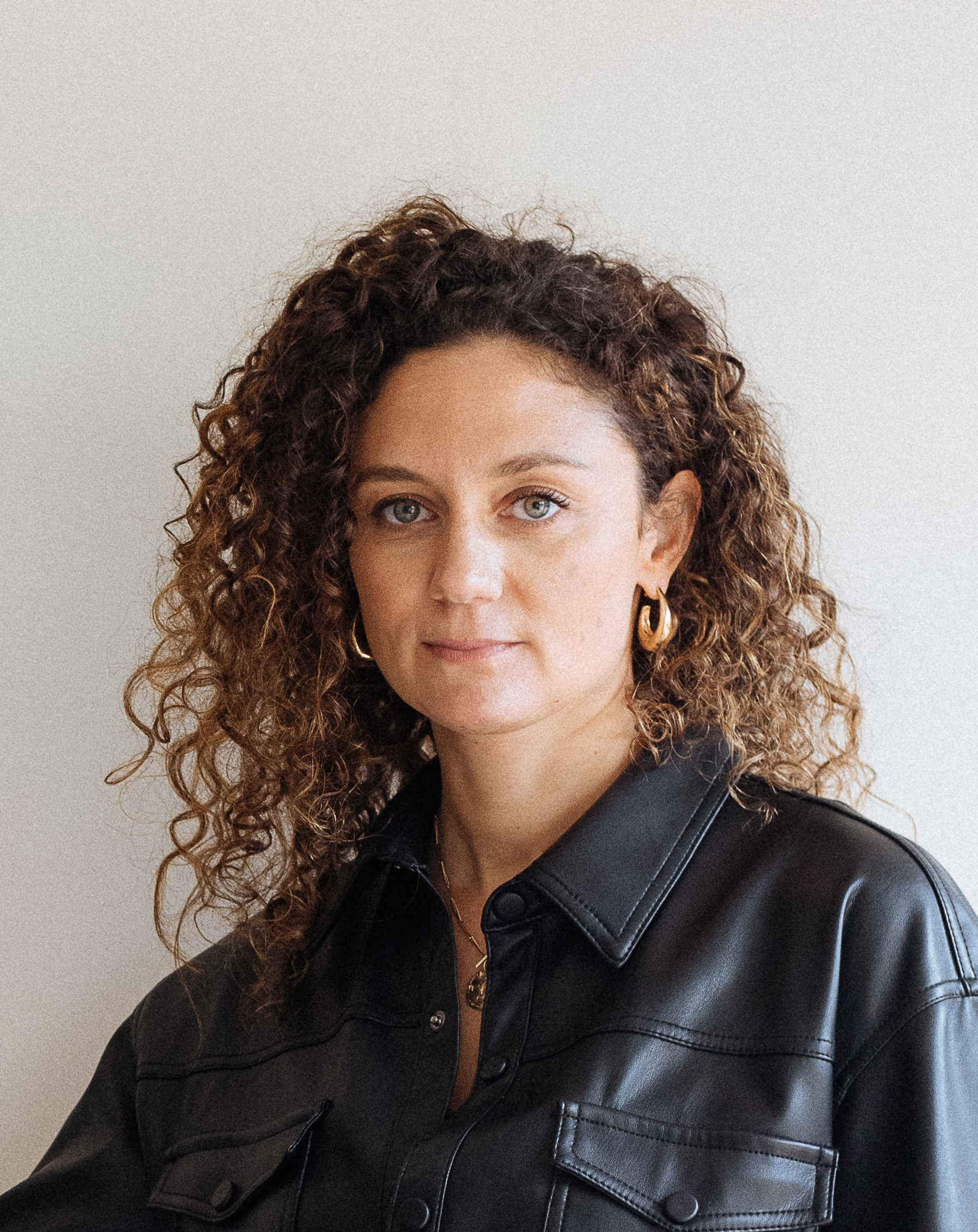
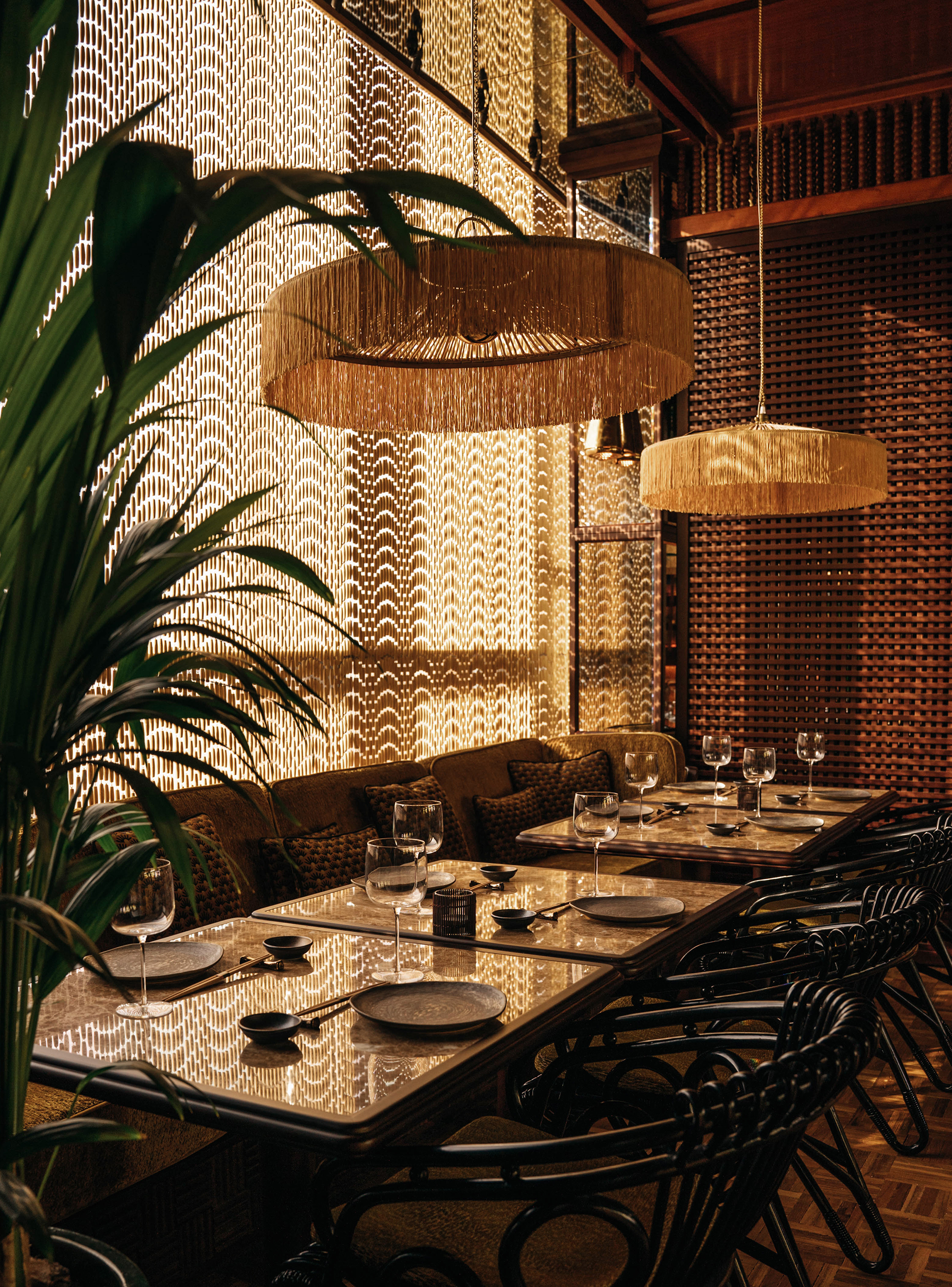
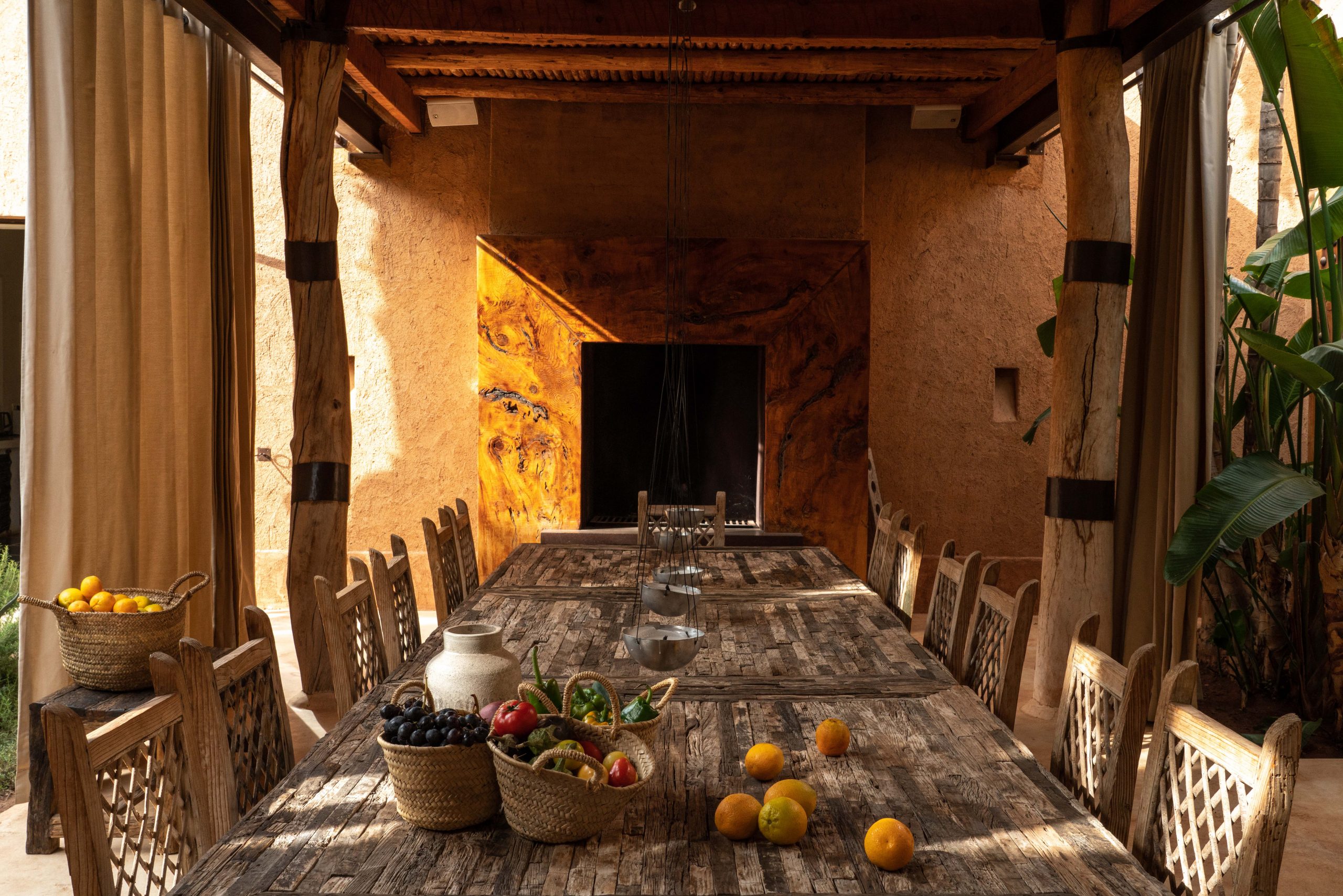

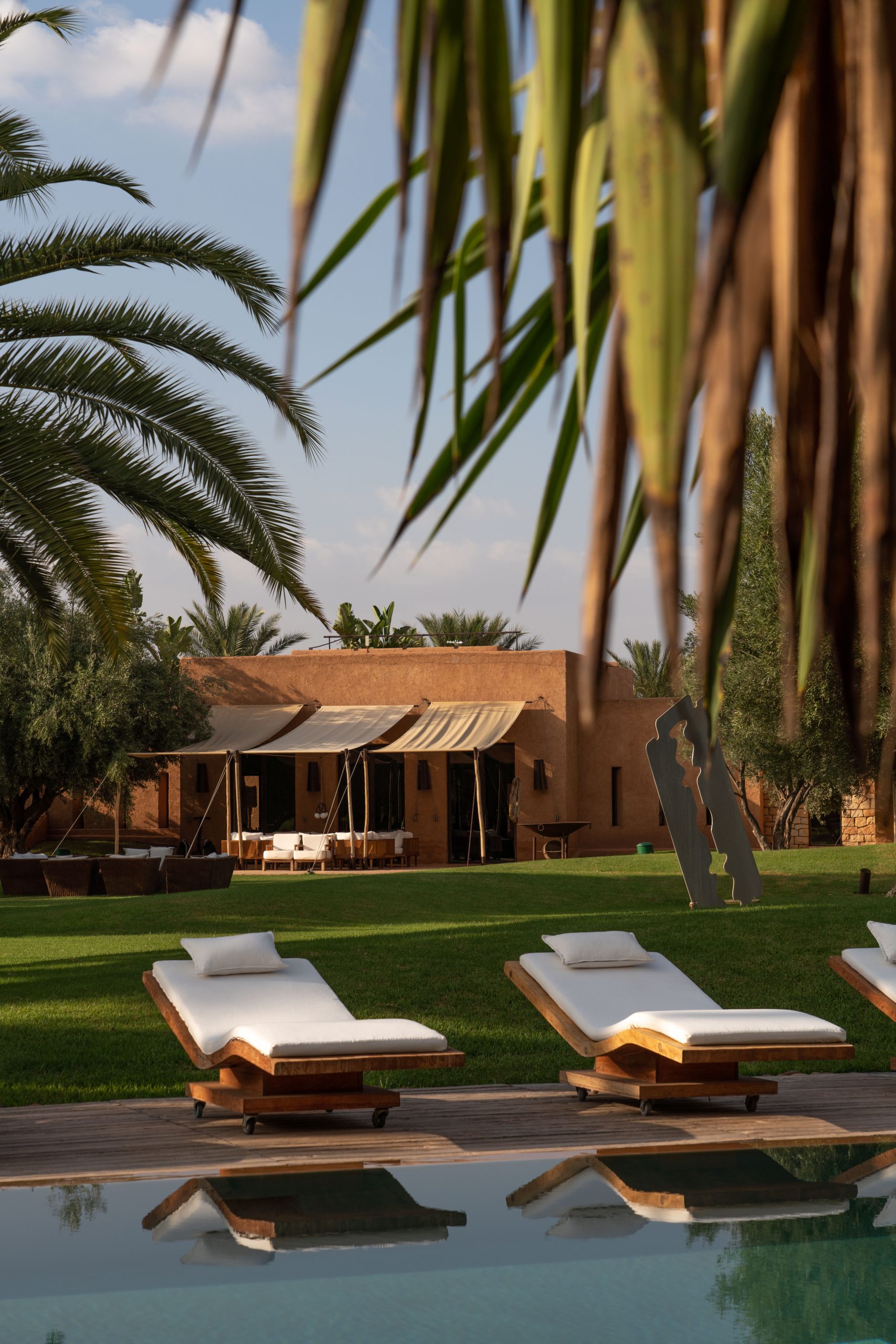
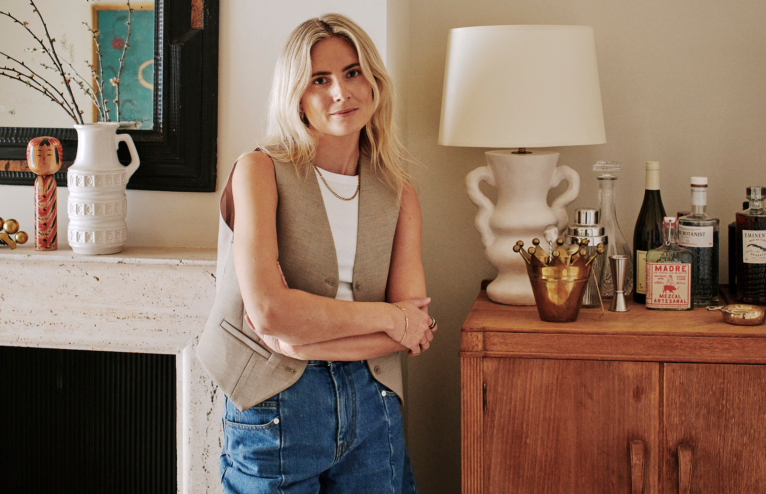
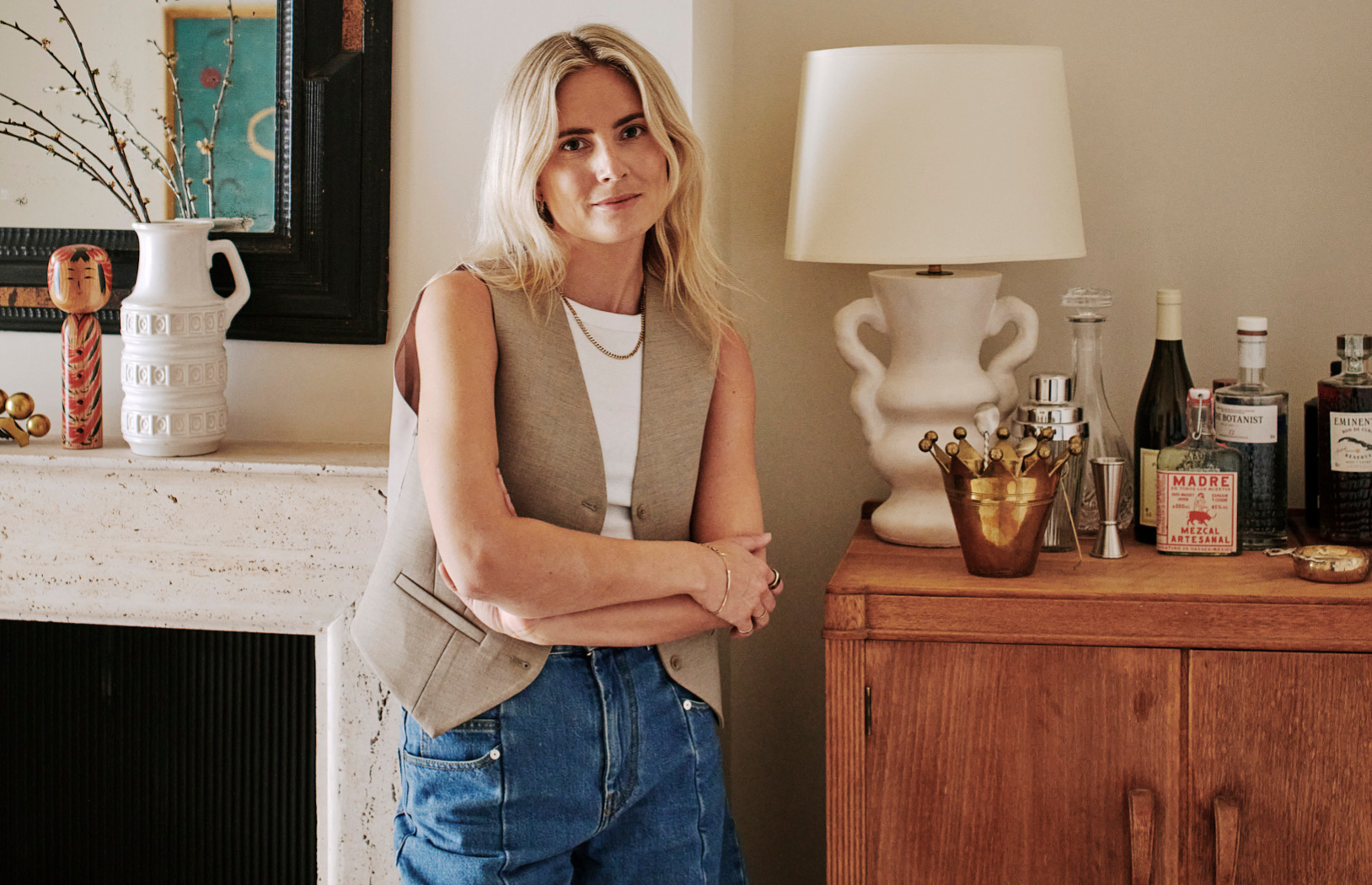
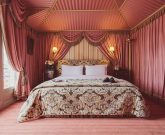

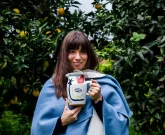
Any Questions or Tips to add?